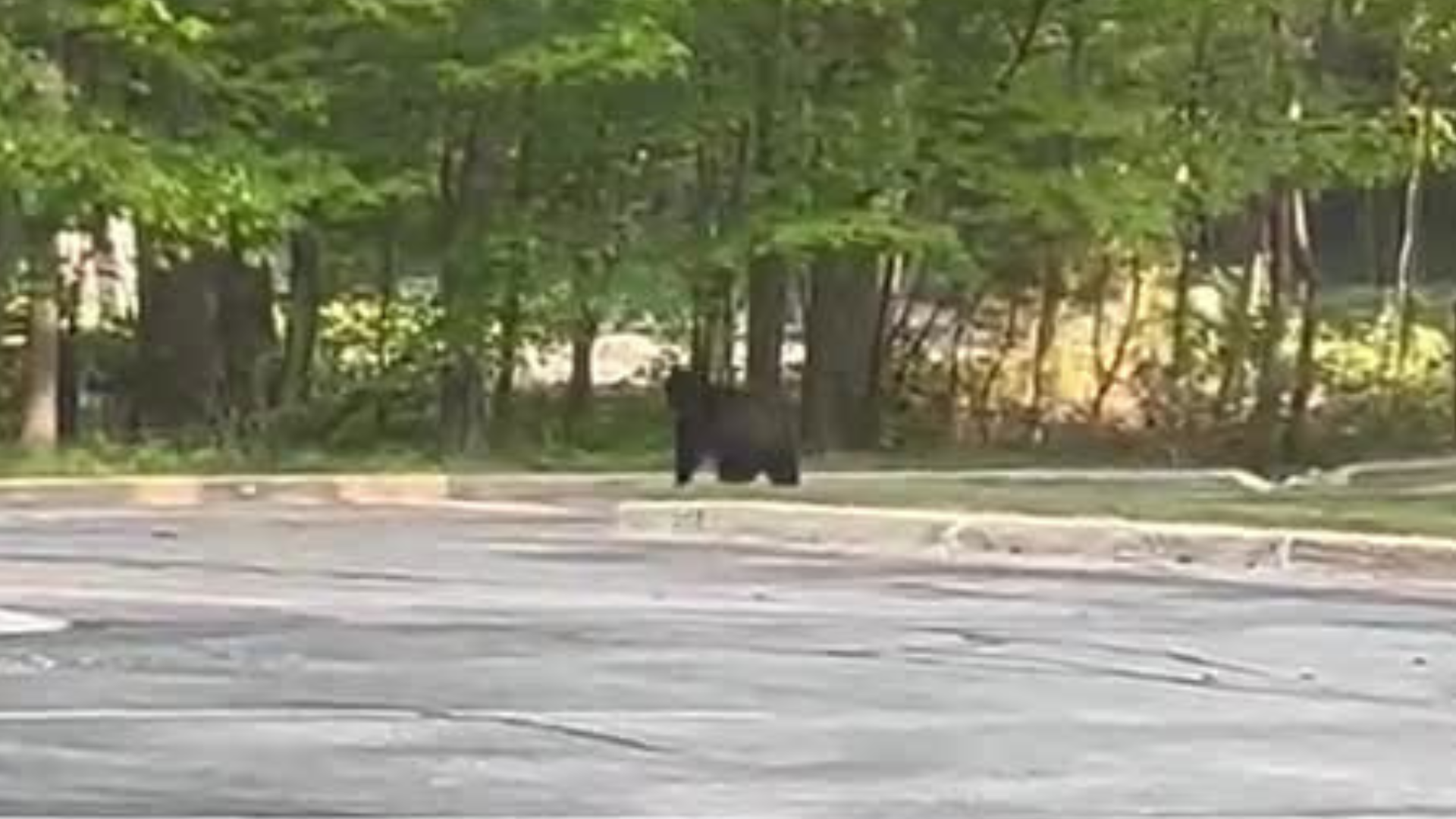It may be the biggest environmental restoration project ever in Northern Michigan, and this year the Boardman River Restoration Project will take a leap forward.
The Boardman River flows through Grand Traverse County, emptying into Grand Traverse Bay, but the river is not what it used to be.
People put the river to work for more than a century, drastically altering the ecosystem.
One dam’s already been removed, with three more to go.
The restoration project takes another step this year with the removal of the Boardman Dam.
A contractor’s been out at the Boardman Dam for about a month already, working to prepare for its removal.
It’s a monumental job in both its scale and its impact on the environment.
“We’re very excited. It’s been many years in the making. These dams were decommissioned in 2005,” says Kim Balke, Conservation Resource Alliance.
But the story of the Boardman River goes back much farther and has taken as many twists and turns as there are bends in the river itself.
“Before the dams were put in and even before logging, the surveyor’s notes say it was wild. The downed trees, that was the habitat for fish. They came across downed tree after downed tree,” says Steve Largent, GT Conservation District.
The logging era meant those trees had to go. The moving river was a way to transport logs.
But by the end of the century, the river started to serve a new purpose, producing electricity for a growing Traverse City.
“Union Street Dam was the first, 1867, Boardman 1894, Sabin around 1907,” explains Steve. “The Brown Bridge is actually the last of the dams to be constructed. That was 1922 it was put into operation.”
Frank Dituri, implementation team chairman, says, “These dams were approximately one mile-wide dams. That means they powered approximately 10,000 100 watt lightbulbs. And while they certainly filled the need for a growing city in the late 1800s and early 1900s, they aren’t particularly efficient for producing hydropower at a rate that is economically feasible. So, the cost of fixing and repairing these dams was simply too great.”
But what to do with four aging dams clogging up the Boardman River?
The Boardman River Dams Project was born in 2005 to answer that question. It became clear these dams had to go, but can you really reset a river by more than a century?
“River are meant to not only move water, but also to move sediment, woody debris, biological life. So when you plug up a river, everything kind of stops,” explains Kim. “Over the last almost hundred years the standing water has filled with sediment. The pond has gotten shallower, more stagnant, doesn’t support a lot of aquatic life. So now that has to be moved around in kind of a shell game to get a river channel re-established.”
The first dam to go was the Brown Bridge Dam in 2012. It held back a large pond of water.
It made headlines when a breach caused flash flooding downstream. But now, with the dam gone, the area is already coming back to life.
“The biggest thing is that the river is resilient and there’s an impact with removing these dams, but as quickly as we’ve seen Brown Bridge come back and the river come back post-dam removal, we are going to see the same thing with Boardman and Sabin dams as well and let the river begin to heal,” says Steve.
This year, the Boardman Dam will go away. Work just began to remove it.
“The contractor mobilized on April 10th. Since then, they’ve been doing a lot of site work, preparation,” explains Alec Higgins, U.S. Army Corps of Engineers. “They gotta get in here and clear a lot of trees. They have a lot of clearing and grubbing to make room for heavy equipment and make room for the spoil piles. As they excavate the river channel, they got to dig out a lot of sediment and they are going to store the sediment on site in spoil piles.”
So while right now it’s a messy construction site, the long term goal remains to open up the Boardman River, improve the habitat and even lower the water temperature.
“The Boardman is strikingly cold. A lot of our rivers up here are high quality, but the Boardman is an especially cold one. But when you plug up an ever-flowing stream, stop that water, it can cook in the sun and get warmer. So it’s not going to support cold trout, other species that like those cold temperatures,” explains Kim.
Dan Devaun, AECOM design team project manager, says, “It is a construction project. It at times can be noisy and messy. But keep in mind what we’re striving for in the end, which is a restored ecosystem. So it’s a process and just making sure we remember that and bear with that process.”
Frank adds, “What we’re putting back in place here deserves to be put back in place. It’s the right thing to do. Just really proud to be part of this. How often in one’s lifetime do you get to participate in a project that has such long lasting ecological implications? Something you can tell your grand kids about and be proud of?”
After the Boardman Dam is gone the next step in this ambitious project is the removal of the Sabin Dam next year, and a Union Street Dam modification by 2019.
However, a lot of the funding for the Boardman River Project comes from the Great Lakes Restoration Initiative, something President Donald Trump has proposed doing away with.
That could slow work on future phases.
© 2023 - 910 Media Group


